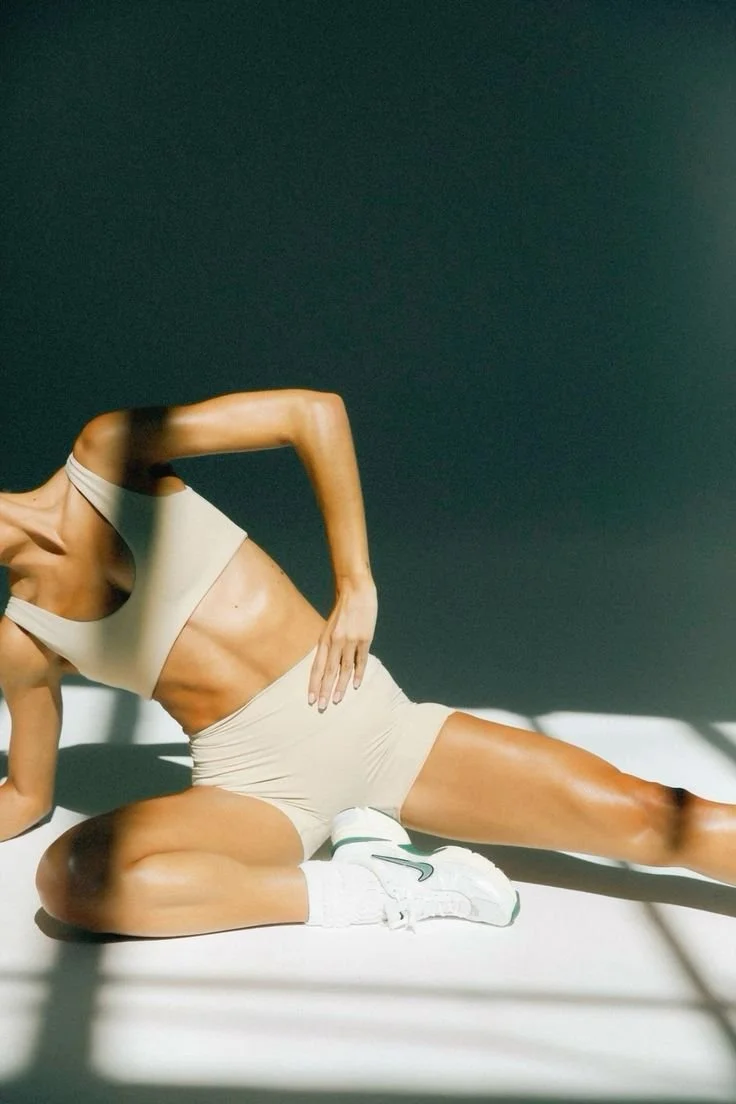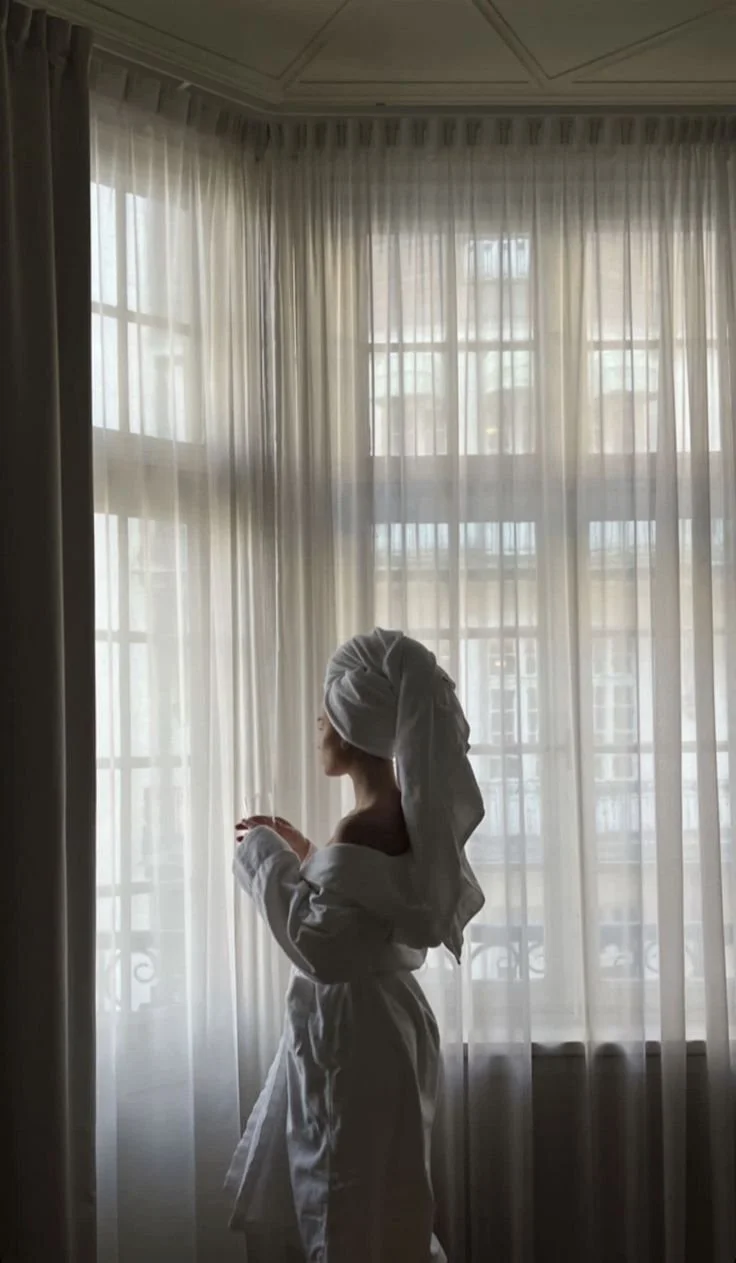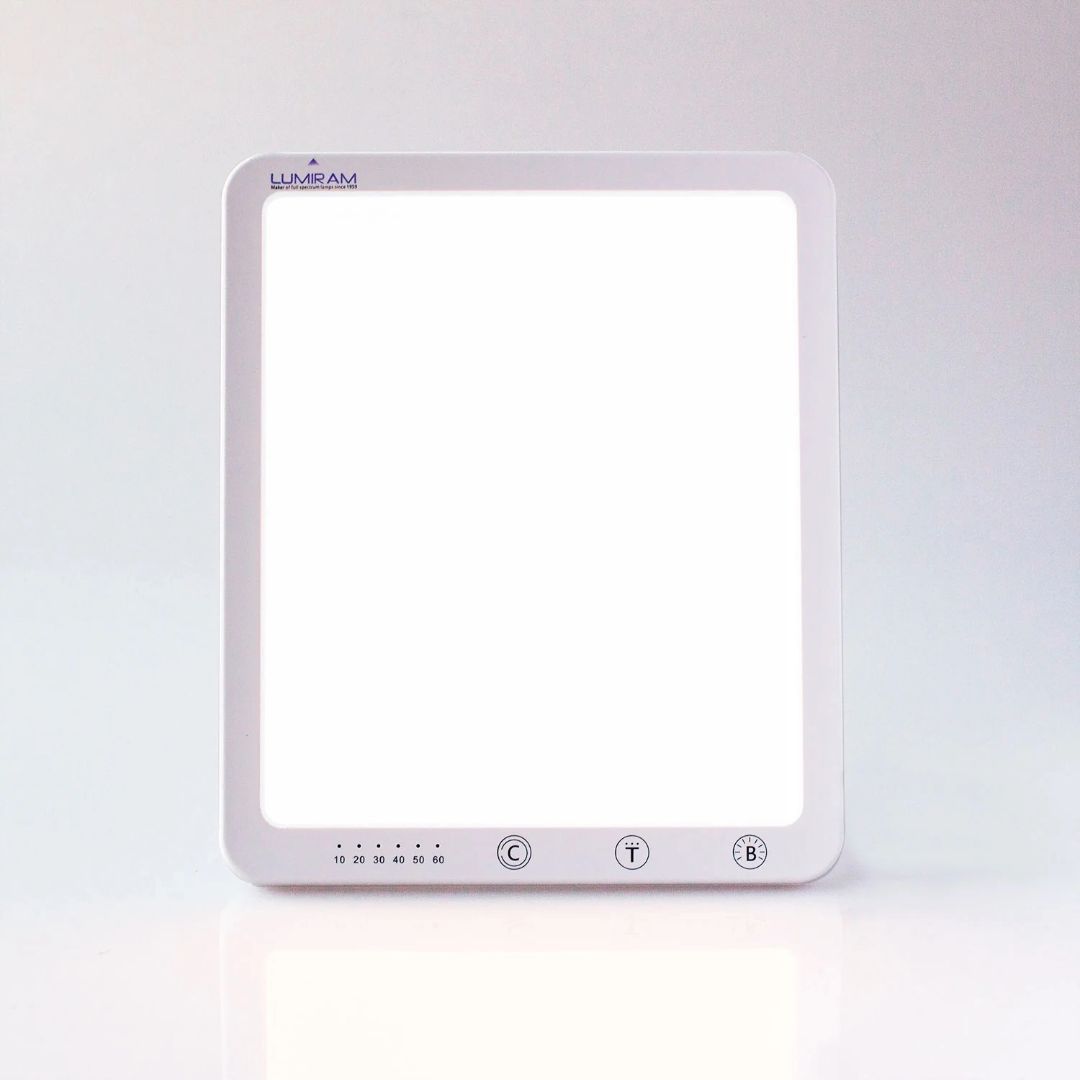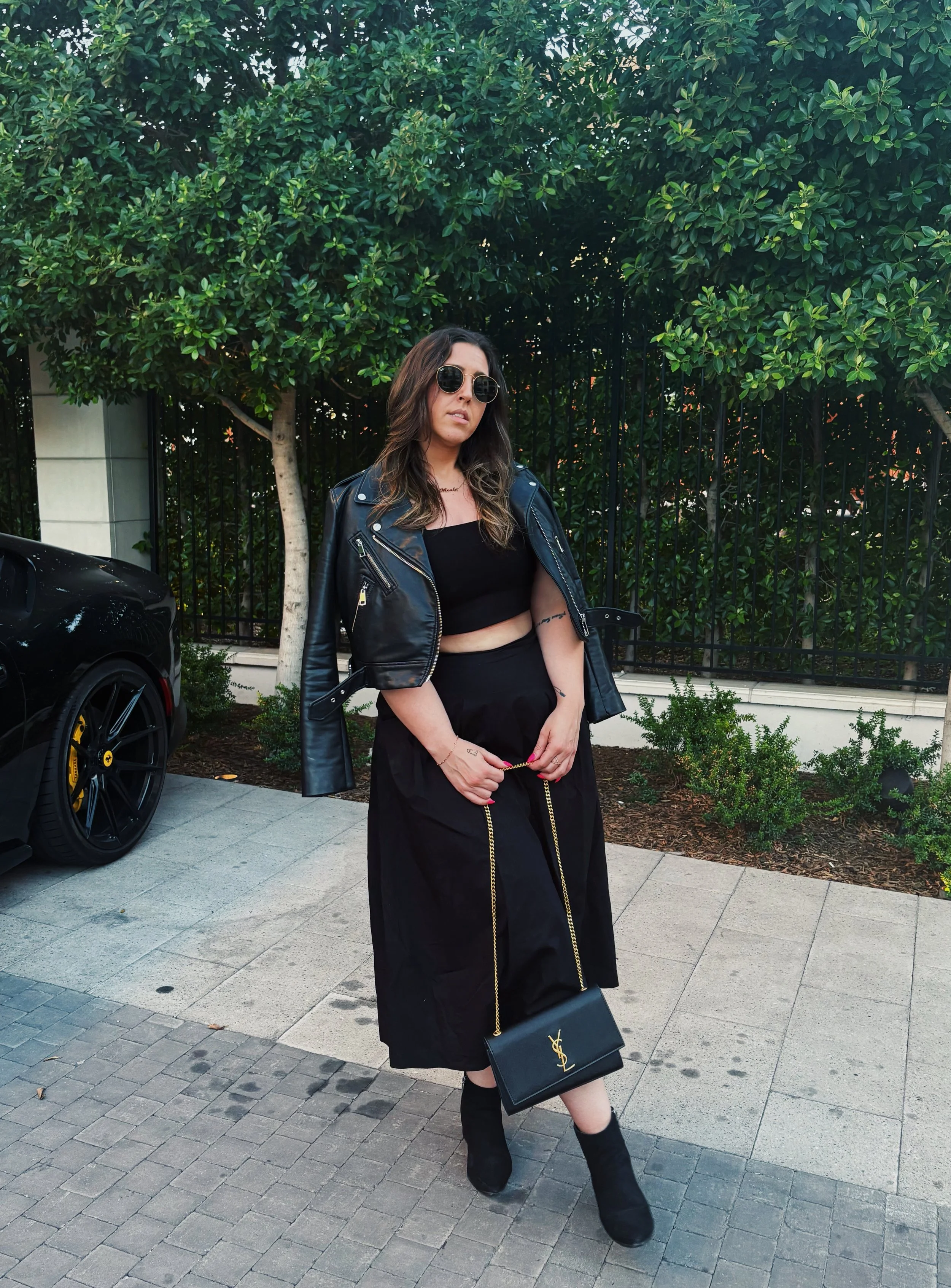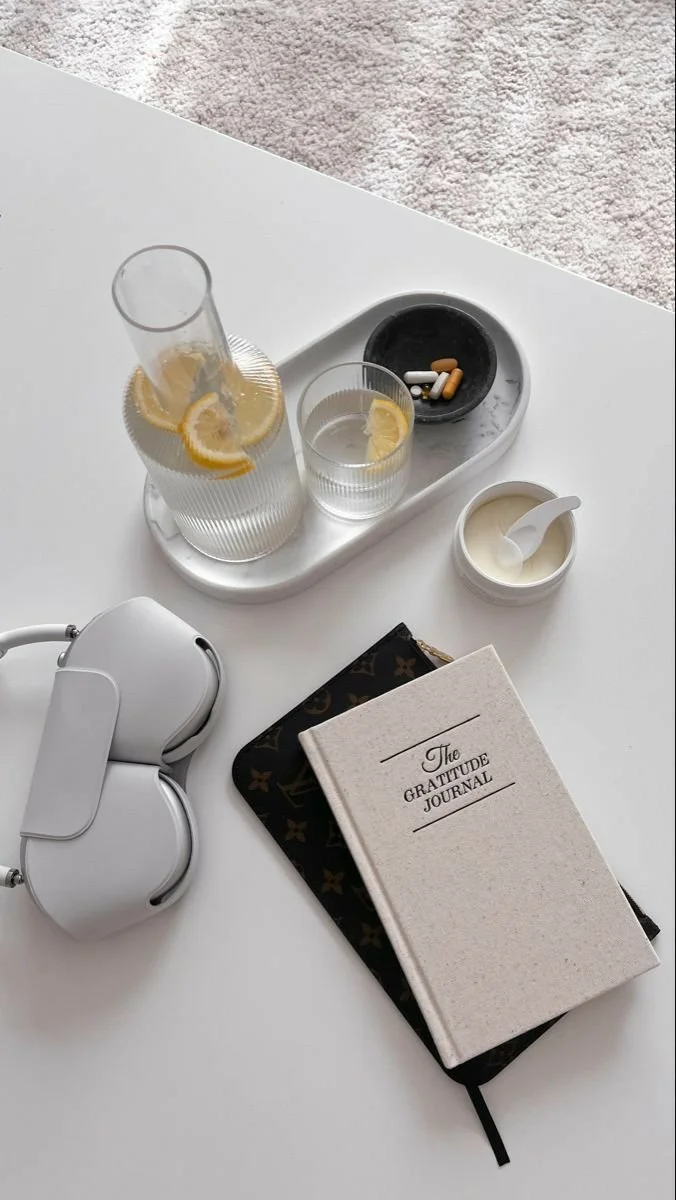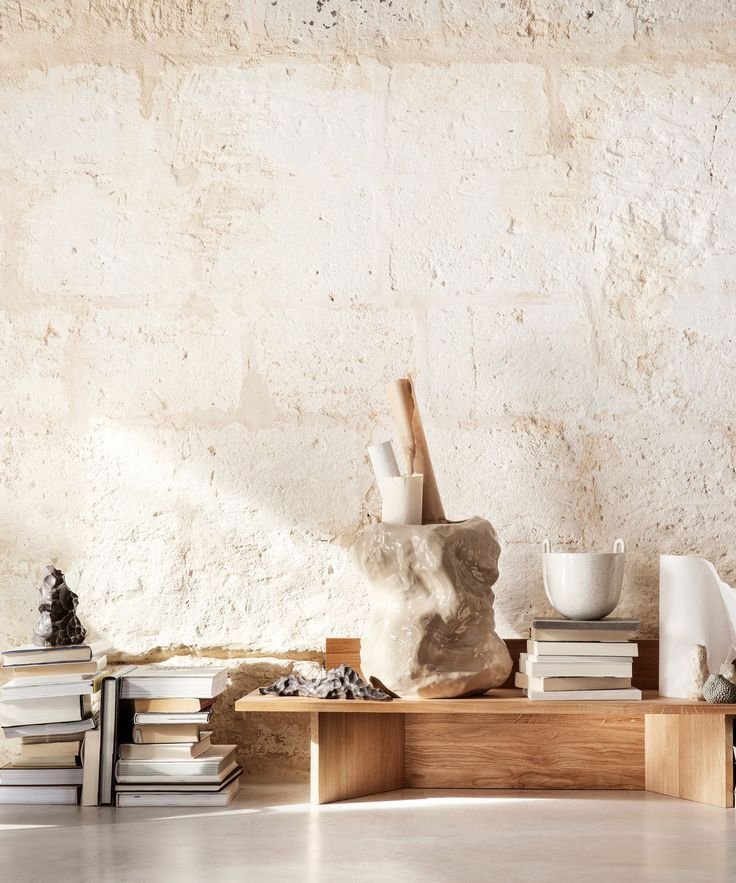Kissing the Winter Blues Goodbye
Even living in the Valley of the Sun, which sees on average 300+ days of sunlight a year, winter makes me feel incredibly sluggish, irritable, and downhearted during the colder months. I know I’m not alone. Seasonal affective disorder (SAD), or the “winter blues,” affects millions of people each year, especially in regions with shorter days and less sunlight. Today is Blue Monday, considered one of the most depressing days of the year, which makes it the perfect time to explore how light can help lift the fog. Light therapy is a simple yet effective tool that many, including myself, use to stay energized and positive during the darker months.
What Are the Winter Blues?
The “winter blues” is used to describe the feelings of sadness or lethargy that often coincide with the colder, darker months. For some, it’s a mild slump, while for others, it manifests as seasonal affective disorder, a more severe form of depression. SAD typically begins in the late fall and starts to subside as spring arrives. Common symptoms of SAD include:
Low energy and fatigue
Difficulty concentrating
Change in sleep patterns
Increased cravings for carbohydrates and comfort foods
A persistent low mood
The symptoms typically correlate with the decrease in daylight hours, which disrupts internal rhythms and impacts our ability to regulate our mood.
How Does Light Influence Our Routines?
As we learned in elementary school about plants, light is a powerful regulator. It regulates our body’s internal clock, or circadian rhythm, which decides our sleep-wake cycles, energy levels, and mood. Exposure to bright light in the morning signals to our brain that it’s time to wake up and be alert, while diminishing light in the evening helps prepare us for rest. Without adequate sunlight, our routines fall out of sync, leading to grogginess or feelings of sadness.
IMAGE
Why Does Lack of Light Trigger Issues?
During the winter months, the shorter days and frequent overcast skies can significantly reduce exposure to sunlight. The lack of light, in turn, can:
Disrupt Circadian Rhythms: Without consistent light cues, the internal clock may become misaligned, leading to disrupted sleep patterns and lower energy.
Reduced Serotonin Levels: Sunlight exposure stimulates serotonin production, which is essential for regulating mood. Less light can result in lower serotonin levels, increasing feelings of sadness or depression.
Increased Melatonin Production: The prolonged darkness of winter encourages higher melatonin levels, which can leader to increased drowsiness and lethargy throughout the day.
How Do We Solve the Problem?
Experts recommend at least 30 minutes of exposure to bright light each morning. Natural sunlight is the best source, but it’s not always accessible during winter. Spending time outdoors on sunny days, even for a brief walk, can help. When sunlight isn’t an option, light therapy can step in as an effective alternative. I personally began using daylight simulating light bulbs and therapy lamps when I wake up and work to be more alert and boost my mood. Sure, it’s not a magic spell and there are times it just doesn’t do the job, but more often than not it makes a huge difference in my day and mood.
What to Know About Light Therapy Lamps
Light therapy lamps are specially designed to mimic natural sunlight without harmful UV rays. They can be a game-changer for people struggling with the winter blues. But there are a few things to consider when choosing and using a light therapy lamp:
Brightness - A lamp should provide 10,000 lux of light to effectively stimulate daylight.
Positioning - Place the lamp 16-24 inches from your face, and use it as a slight angle rather than staring directly into it.
Timing - Use the lamp in the morning for 20-30 minutes to help regulate the circadian rhythm since using it too late in the day could disrupt sleep.
Consistency - Make using the lamp a daily habit to see consistent results.
Consultation - While light therapy is generally safe, those with certain conditions should consult a healthcare professional before starting or if they need specific care.
Winter can be challenging for many of us, but light therapy offers a simple and effective way to combat the seasonal slump. By understanding how light influences our mood and routines, we can use the its power to stay energized and uplifted, even on the darkest days. If you’ve been feeling heavy winter blues, considering giving light therapy a try - it might just brighten your season.



